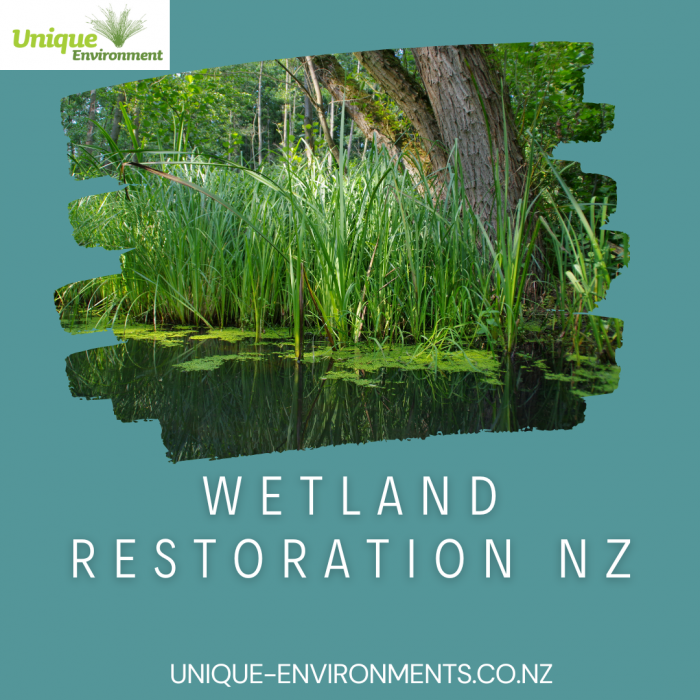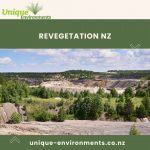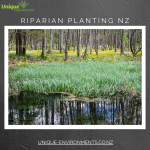The Importance of Restoring Wetlands for the Preservation of Vital Ecosystems
Welcome to our blog article on New Zealand’s need to restore wetlands! Wetlands may not be the first place that springs to mind when thinking about protecting important ecosystems, yet these distinctive landscapes are key to conserving the health and biodiversity of our world. This article will discuss what wetlands are, why they are important, and how restoring them can have a positive impact on both people and the environment. Get ready to explore the intriguing realm of wetland conservation by donning your rubber boots!
Wetlands are what?
Wetlands are complex, dynamic ecosystems that connect the land and the water. The different types include marshes, swamps, bogs, and floodplains, and they can be found everywhere in the world, from coastal to inland areas.
Wetlands’ distinctive hydrology is one of their defining features. These regions are distinguished by having a water table that is consistently close to or above the soil surface throughout the year. As a result, various ecosystems are created, supporting a broad variety of plant and animal species that have evolved specifically for these damp conditions.
Wetland vegetation is highly diverse and performs a variety of vital tasks. Before runoff enters rivers or lakes, wetlands plants work as natural filters to remove pollutants. Additionally, by anchoring soil with their complex root systems, they aid in preventing erosion.
How important wetlands are
Wetlands are more than just puddled areas of land with water in them. They are important ecosystems that are essential to the health of our environment. Because these many habitats have so many advantages, it is crucial to safeguard and preserve them.
Wetlands and revegetation planting in New Zealand are essential for several reasons, including their capacity to filter and purify water. Water is cleansed by plants and soil as it travels through wetland areas, eliminating pollutants and dangerous compounds. Our drinking water supplies’ purity are maintained by this natural filtration system, which also sustains aquatic life.
By absorbing extra precipitation during strong storms or high tides, wetland areas also serve as flood protection barriers. As a result of its sponge-like nature, which can hold a lot of water, there is less chance that nearby areas may flood later. Additionally, by gradually releasing stored water back into rivers and streams over time, they assist in recharging groundwater supplies.
Wetland vegetation traps carbon in its roots and soil layers while absorbing CO2 during photosynthesis.
All of these elements stress the value of maintaining existing wetlands while also highlighting the necessity of restoration efforts in areas where they have been lost or degraded as a result of human activities like urbanization or agricultural expansion.
Wetlands are essential to the health of our world because they purify water, prevent flooding, and provide home for species. As a result, we must prioritize conservation efforts to preserve these priceless ecosystems for future generations.
For More Info:-https://unique-environments.co.nz/
























































